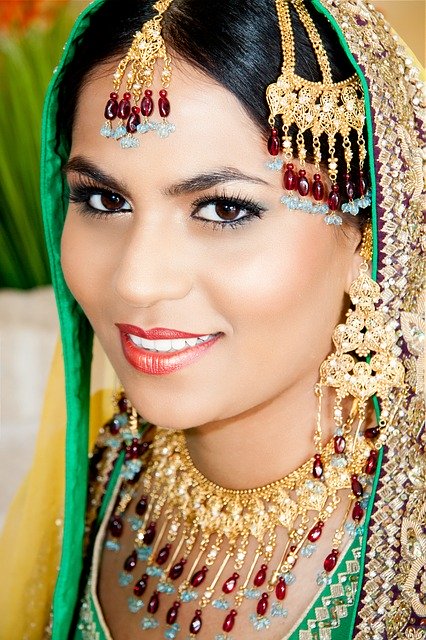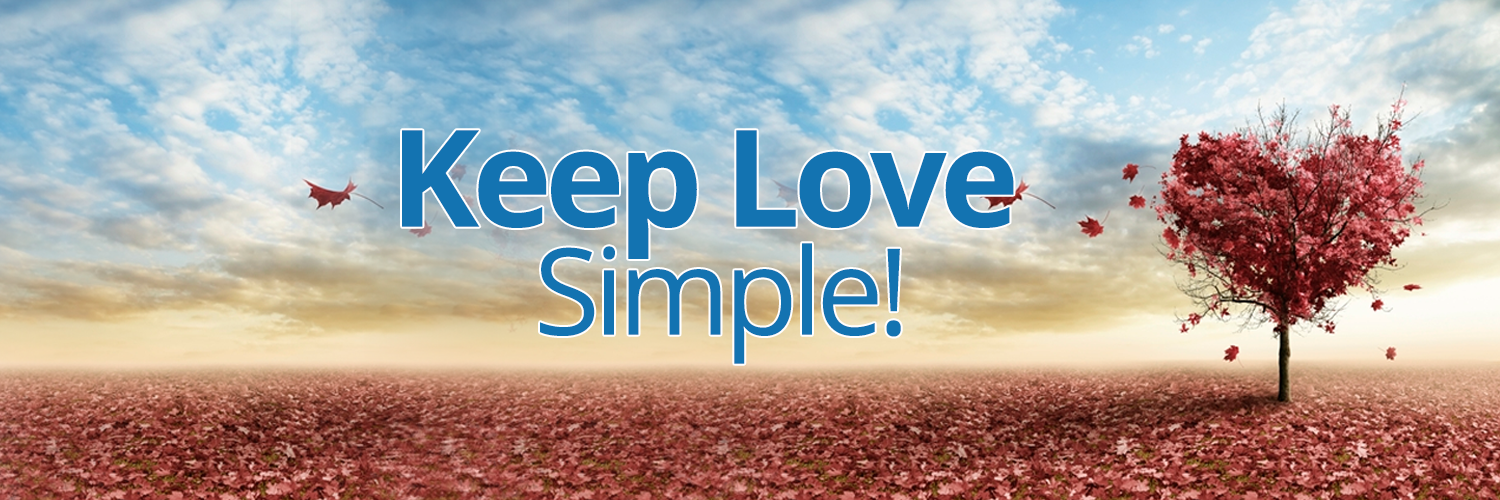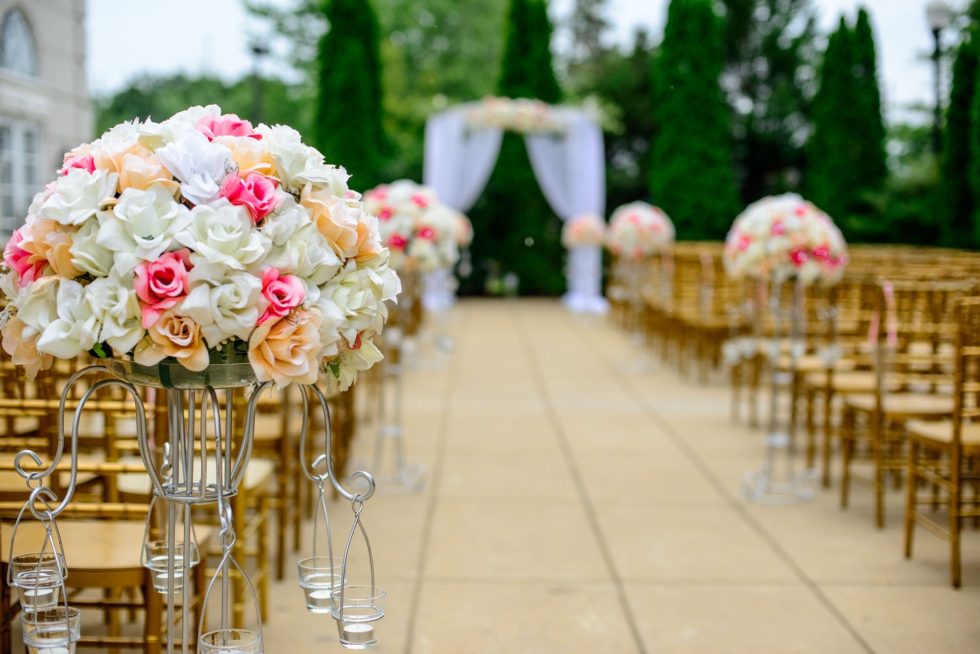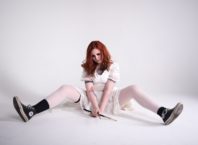Learning about traditional Pakistani Wedding clothes, entails more than an aesthetic appreciation of Pakistani Wedding Couture. The traditions of family inform the ritual of traditional Pakistani Wedding clothes. Through time honored custom, wedding clothing integrates beauty, sanctity, heritage, and community. These customs align foundations of family and community. Traditional clothing celebrates these concepts in dress and ritual in the union of Bride and Groom
- The Bridal trousseau consists of more than one wedding dress. Unlike the western traditions of one Bridal gown or dress and honeymoon attire, Pakistani wedding clothes consist of several articles of ceremonial clothing. While American and European wedding ceremonies typically hosts a same day ceremony and reception, traditional Pakistani matrimonial celebrations includes four days with traditions and customs honoring the upcoming marriage integral to the Wedding ceremony.
- The Bride wears a Salwar Kameez for Mayun. The Salwar Kameez, a tunic and loose balloon flared pants/skirt for the Mayun, is part of the traditional Pakistani wedding Clothes. The Mayun, a ceremony celebrating spiritual beautification, sequestering and contemplation of the bride.
- Henna staining, the art of applying a red clay-like substance into body art and design is part of traditional Pakistani Wedding Clothes. The bride’s family gives gifts of bangles at Mayun and the lady friends of the bride and her female family members adorn with henna paints. Ladies stain hands and feet of the Bride with intricate hennaed patterns as part of traditional wedding customs.

- The Bride’s Wedding clothes includes a dress/ skirt typically made of satin-silk or raw silk. Her wedding dresses can also be made of organza, for a Pakistani Bride wears more than one wedding dress during the four days of matrimonial ceremonies. Cut in tunic style, includes short sleeves or mid-length flared sleeved top, layered over a tier of matching slim or flared floor length skirts,or “lenghas” . A matching muslin shawl or “dopatta” woven with gold and silver thread draped over the shoulder can be part of the ensemble dress. The entire ensemble can consists of shirt, tunic, dopatta, (shawl) and lengha (skirt) and a beautiful veil and jewelry. In addition to Zari (the gold and silver wire threaded designs,) there is the Zardozi, (hand embroidery) stitched on all or some of the pieces including custom detailed threadwork and intricately placed sequins.
- At the wedding reception, the bride wears a ‘gharara” a ceremonial sparkly tunic above the knees. The bride is adorned with beautiful gold jewelry in traditional Pakistani wedding clothes. Wedding clothes can be elaborate, elegant or modest design. Trimmed with contrasting color and design, and beautiful beads, modeled after Pakistani designer fashion, but others subtly resemble the influence of western or European haute couture.
- The Groom wears an elaborate Wedding Turban or “Sehra”. The Sehra, a cloth hat, twisted in the shape of a dome, is an important part of the traditional Pakistani clothes. The Wedding Sehra, is a mandatory headgear and highlights the groom’s ensemble. The Sehra fabric, can be made of silk or satin or sheer cotton drape. The Sehra can also include zari as part of its design. The Groom’s Sehra is usually a rich crimson color worn with a Sherwani suit. The Sherwani suit is usually hand-made with the Zardozi embroidery. The Sherwani suit is worn on special occasions, is a lengthy coat-like tunic, buttoned to the top and drops below the knee line. The Sherwani worn for weddings are generally light tones in hues of beige.






